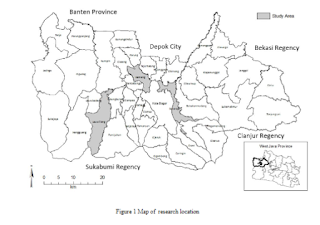Utilization and Conservation of Nepenthes ampullaria Jack in The Tradition of Kenduri SKO Community of Kerinci, Jambi
Hernawati, Ervizal A.M.Zuhud, Lilik Budi Prasetyo, and Rinekso Soekmadi
Abstract: It is common for ethnic Malay in Indonesia and Malaysia to use Nepenthes ampullaria as food containers. However, the use of Nepenthes as part of a cultural tradition has been found only in Kerinci Regency, Jambi. This study explores the local wisdom in utilizing and maintaining the presence of N. ampullaria in Kerinci. Data collection through open-ended and deep interviews through participatory observation methods. Data analysis and presentation are delivered descriptively. Lemang is a compulsory item to be served in traditional ceremonies of kenduri sko. There are two types of lemang in Kerinci, lemang bamboo and lemang kancung beruk. The latter is found only during the kenduri sko tradition in Kecamatan Gunung Raya and Bukit Kerman. Therefore, the existence of lemang kancung beruk in these two sub-districts has become obligatory and has no other comparable substitute. In Gunung Raya and Bukit Kerman, the Kenduri sko is held four times a year. The need for N. ampullaria for kenduri sko in these two sub-districts is enormous. For the event, each household needs at least 500 to 2000 pitchers of N. ampullaria. The people of Kerinci harvest N. ampullaria directly from the wild to fulfill the need. The population of N. ampullaria that still survives in its natural habitat is evidence of the success of the local community in maintaining the existence of N. ampullaria in Kerinci. Method and schedule arrangements can allow the population of N. ampullaria to recover.
Key words: Nepenthes, Kenduri sko, Lemang kancung beruk





















